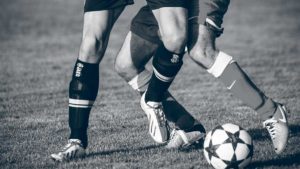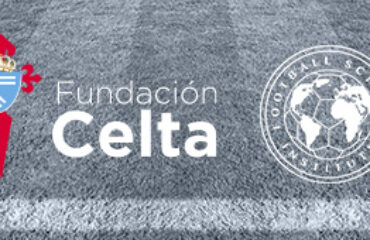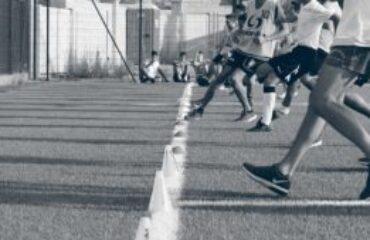1. Long sports career and satisfactory clinical outcomes after Meniscal Allograft Transplantation (MAT) in young professional athletes involved in strenuous sports
Bonanzinga T, Grassi A, Altomare D, Vitale ND, Zaffagnini S, Marcacci M
Humanitas University, Rozzano & Istituto Ortopedico Rizzoli, Bologna, Italy
Knee Surg Sports Traumatol Arthrosc. 2021 Nov 23. doi: 10.1007/s00167-021-06779-2
This study in 13 professional athletes (10 of them soccer players) that underwent meniscal allograft transplantation MAT with an average follow-up of 9 years, found that 100% returned to sports practice after an average period of 1 year. The mean Lysholm score was 72 ± 15, the mean Cincinnati knee score was 77 ± 18, and the average KOOS value was 60 ± 34 for sports. 9 athletes (69%) returned at the same pre-injury level. 93%, 85%, 62% and 55% were active until the 3rd, the 5th, the 7th and the 9th season after MAT, respectively. 7 patients underwent at least one reoperation, although only 2 of them were related to graft problems
2. Using multiple machine learning algorithms to classify elite and sub-elite goalkeepers in professional men’s football
Jamil M, Phatak A, Mehta S, Beato M, Memmert D, Connor M
University of Suffolk, Ipswich, UK
Sci Rep. 2021 Nov 22;11(1):22703. doi: 10.1038/s41598-021-01187-5
This study applied multiple machine learning algorithms to classify the technical performance levels of professional goalkeepers GK competing in the elite divisions of England, Spain, Germany, and France with a total of 14,671 player-match observations. The results revealed 15 common features pertaining to the actions of passing and distribution that distinguished goalkeepers performing at the elite level from those that do not. Specifically, short distribution, passing the ball successfully, receiving passes successfully, and keeping clean sheets were all revealed to be common traits of GK’s performing at the elite level. This study suggest that a GK’s ability with their feet and not necessarily their hands are what distinguishes the elite GK’s from the sub-elite.
3. Intratendinous hamstring injuries: sequential MRIs as a tool to reduce the risk of reinjury in elite sport
Baldock J, Wright S, McNally E, Wedatilake T
Regional Rehabilitation Unit Halton, Aylesbury, UK
BMJ Case Rep. 2021 Nov 19;14(11):e241365. doi: 10.1136/bcr-2020-241365
This study presents 3 cases of hamstring injuries with intramuscular tendon involvement, illustrating the changes seen on MRI during progressive tendon healing and describing how this information is utilized to inform safe rehabilitation progression.
4. Horizontal Versus Vertical Force Application: Association with the Change of Direction Performance in Soccer Players
Robles-Ruiz J, Baena-Raya A, Jiménez-Reyes P, Soriano-Maldonado A, Rodríguez-Pérez MA
University of Almería, Almería, Spain
Eur J Sport Sci. 2021 Dec 2:1-21. doi: 10.1080/17461391.2021.2013953
In this study 16 male soccer players were assessed for a countermovement jump, the horizontal force velocity (FV) profile, and the COD ZigZag test. The horizontal FV profile parameters were significantly associated with COD performance, while jump mechanical variables did not show any significant association. Horizontal force production during sprinting – and not jumping vertical force – might play a key role in COD performance.
5. Injuries in Elite Men’s Rugby Union: An Updated (2012-2020) Meta-Analysis of 11,620 Match and Training Injuries
Williams S, Robertson C, Starling L, McKay C, West S, Brown J, Stokes K.
University of Bath, Bath, UK
Sports Med. 2021 Dec 2. doi: 10.1007/s40279-021-01603-w
This meta-analysis of injury data in elite senior men’s Rugby Union between 2012 and 2020 covering a total of 8819 match injuries and 2801 training injuries reports an incidence rate of injuries of 91 per 1000 h for matches and 2.8 in training. The estimated mean days missed per match injury was 27, and the incidence rate of match concussions was 12 per 1000 h. This match injury incidence rate is high in comparison to most team sports, being around 4 times higher than that of elite men’s soccer.





